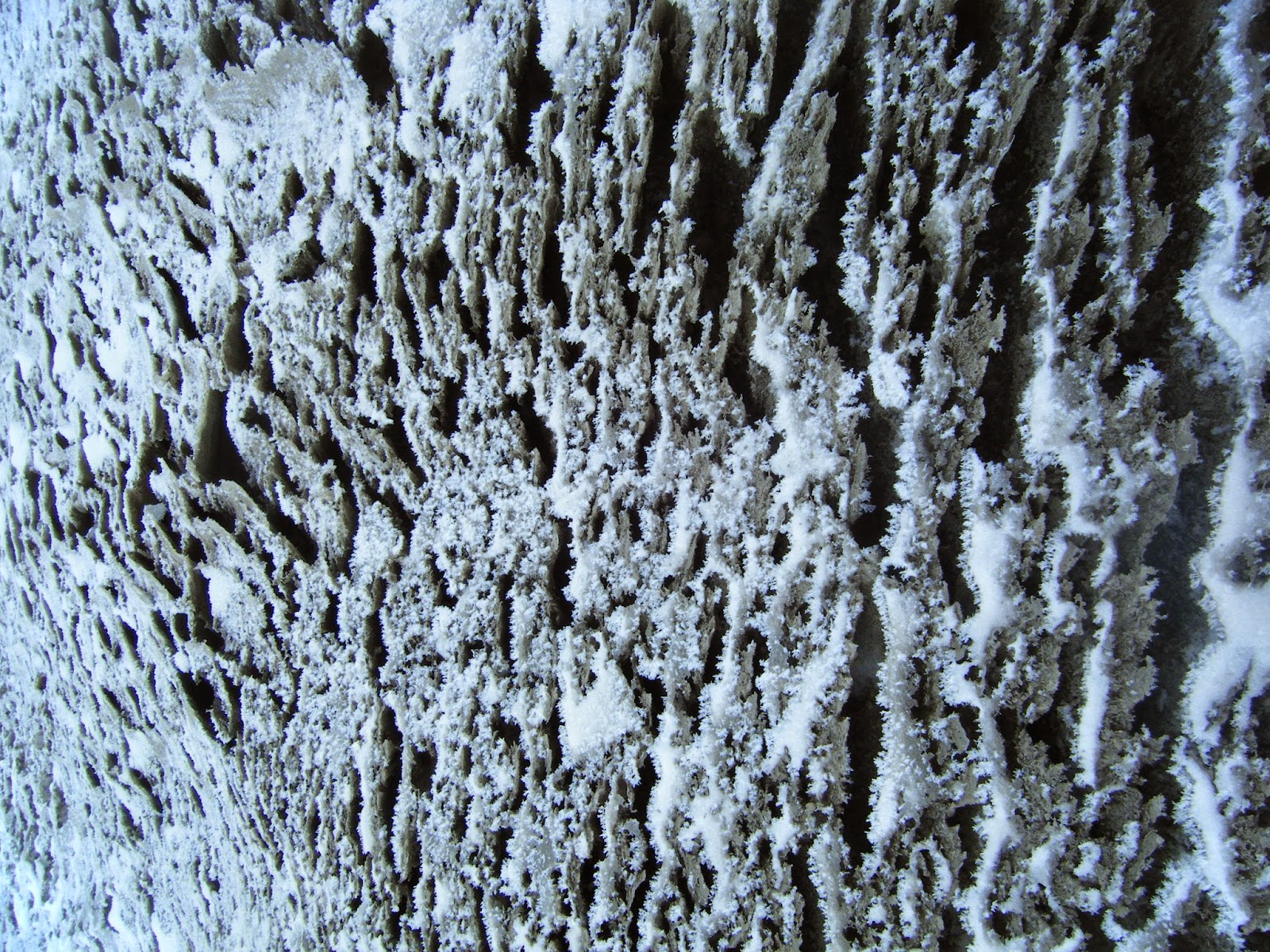A question
I get all the time is, "What was it like to be a teacher in
Alaska?". I can't answer that
question because it would be like trying to illustrate a whole shopping center by describing
one store. Alaska is bigger than half of
the 48 contiguous United States and the people and schools differ from one end of the state to the other
just as much as the terrain does. All I
can do is relate what it was like teaching in one small village in one small
corner of the largest state in the union.
When someone asks me that question the short I answer I give is this; "In my
experience, teaching in the village of Kotlik, Alaska was like being a
street-corner evangelist." I go on
to paint the picture of a zealous preacher thumping his Bible and shouting The
Word as if he has the rapt attention of the entire population of a city while
the mass of humanity is surging around him paying little attention at all. My attempt to teach was kind of like
that. By the half-way point of the year
I resigned myself to performing the motions of my job regardless of what the
students around me were doing.
Consider
the first day of class on the first day of school. The electronic tone chimes at exactly 9
o'clock. I'm standing outside the door
of my classroom with a smile, ready to greet my new students. Inside, the room is neatly arranged. Clean desks are lined up in rows facing the
white-board at the front. Taped on each
student's assigned desk is an artfully
done up name tag bordered in gold and maroon construction paper to match school
colors of the mighty Kotlik Falcons. The
kid's schedule is posted at the front of the room and each bulletin board has a
colorful, informative list of procedures for each activity students do
regularly such as walking in the hall, sharpening pencils, entering the
classroom and preparing for class. All
of the standard preparations for the first day as prescribed by the famous
behavior specialist Harry Wong.
While cheerfully
greeting children at the door I glanced into the room to find the first-comers rearranging
furniture to suit them and peeling name tags off desks. And so the war was on!
One of
the things we new teachers were told at the orientation week in Anchorage is that
the Superintendent believed that an office referral was a sign that the teacher
did not have a grasp of classroom management.
The impression we got was that if we wrote referrals we shouldn't expect
to keep our job. Suspensions and
referrals were trending up in the last few years and this new Super' was going
to reverse that. In his opening message he did just that. By March the referral rate was down in every school by at least 50% from the year before. Not that behavior had changed it's just that no teacher documented it. Suspensions were also down a staggering amount this year. If Kotlik was any indication of why this was true it's because students were "sent home" unofficially for several days after grievous infractions. They were not suspended per se just told not to come back for a while.
It
became obvious during our orientation that school behavior was a district-wide
problem. Not to worry though because our
district had recently adopted CHAMPS and PBIS, patented discipline improvement
programs that "worked wonders" all over the USA. In a nutshell PBIS is a tangible prize based
system that rewards kids for displaying expected behavior: "You have a
pencil! Here's a reward., You didn't
smack John in the hall, here's a
reward!, You have your book open to the correct page, here's a reward!". CHAMPS on the other hand is mnemonic device
intended to remind kids about every facet of normal school behavior. Examples include: how to ask a question, how
to approach a pencil sharpener, how to move in the hallway, how to enter a
classroom, how to exit a classroom...
Very simple procedures that we think of as 'common sense' but that now
must be taught and re-enforced daily.
During
our orientation we had CHAMPS and PBIS drilled into us over and over. If we weren't doing CHAMPS and PBIS then
there were going to be problems. If we
were doing them then all of our teaching days would be happy.
So it's
day 1 and period 1 and I am facing the first challenge of my authority and we
go to battle over seating assignments.
During a lengthy CHAMPS lesson on how to enter a classroom on the first
day of school one of the darling girls stands up and begins roaming around the
room. An obvious grab for my attention I
choose to deny her the satisfaction and so I ignore her wandering until she
decides a nap is in order and lays
across the threshold.
The
words of my new Principal echoed in my mind "If one of my kids wants to
sleep in class let him sleep. That's one
less problem you have to deal with. You
don't know how drunk his parents were last night and if you wake him up he's
just going to be angry" As luck
would have it this was the time when David, the Principal, (we were all on
first name basis at the Kotlik school, teachers, administrators, and students)
walked into the room or rather stepped over a prostrate student to enter. At any other school I taught at this would be
a death warrant to my career but here it was SOP. I was doing fine.








































